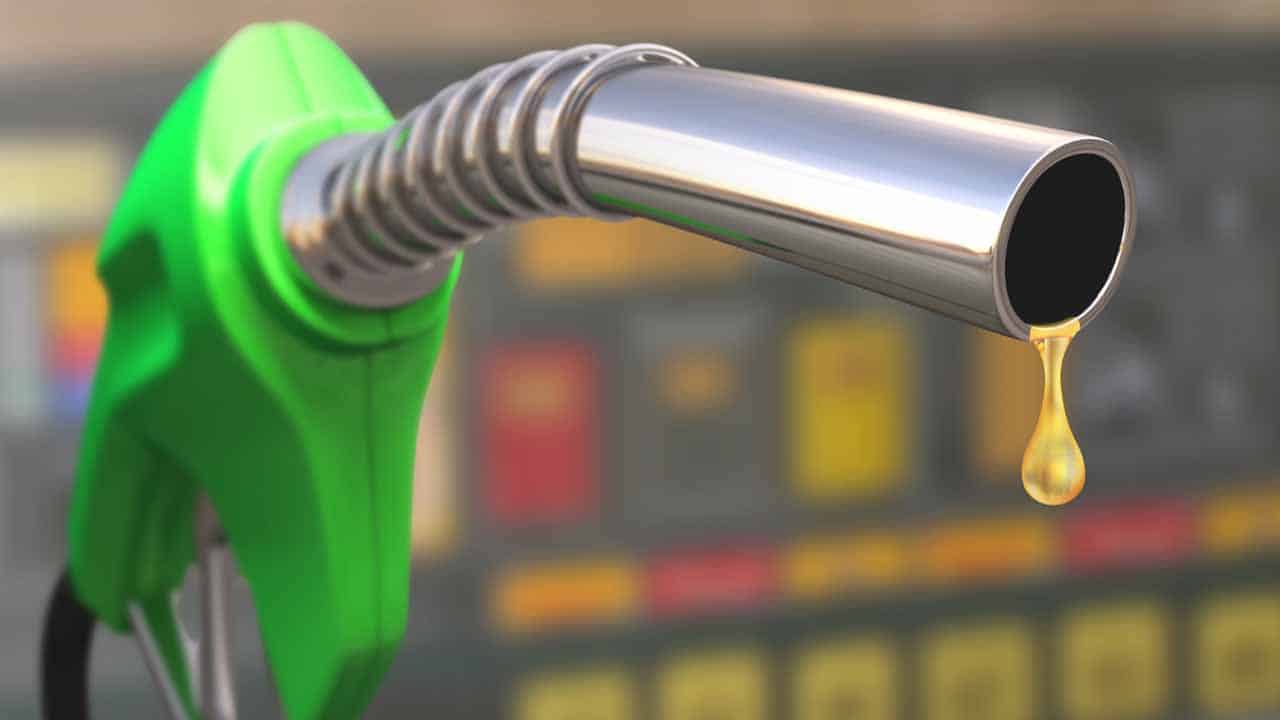The rupee’s continuing fall against the US dollar is set to spark a new wave of inflation in the country, with petroleum product prices predicted to rise by more than Rs13 per litre in the next week’s review due on August 31.
The greenback’s exchange rate has increased by Rs12.08 since August 16, 2023, as of August 24.
This means that starting September 1, fuel and diesel prices will rise solely due to the exchange rate. However, on the international market, POL products and crude oil prices were rather steady. With only six days left in the current fortnight, the dollar’s value is expected to rise higher.
Petrol prices have already risen by Rs37.50 and diesel prices by Rs40 per litre in the last two weeks. However, in the most recent scenario, the dollar’s interbank value surpassed Rs300, with the open market value standing at Rs314.
The purchase of crude and POL products at higher US dollar values would result in a further increase in petrol and diesel prices in the first two weeks of September, which might reach double digits, according to industrial sources.
If prices are determined using the August 24 dollar value, petrol will rise by Rs9.95 per litre and diesel will rise by Rs13.73 per litre. However, if the dollar continues to rise and is allowed to float freely in the following seven days, the price of POL products will rise by double digits.
Furthermore, LC confirmation charges have increased by 10%, from 0.5-1% 2-3 years ago.
Against this environment, Finance Minister Shamshad Akhtar and the central bank appear unfazed, having done nothing to restrict the unstoppable US dollar under the terms of the $3 billion loan from the International Monetary Fund.
The impact of the dollar’s strengthening would also be reflected in higher electricity rates as a result of monthly fuel adjustment costs and quarterly tariff changes.
Meanwhile, the National Electric Power Regulatory Authority (NEPRA), with input from the Ministry of Finance and the Power Division, has already hiked the base price for various categories of consumers by Rs3 to Rs7.50 per unit.
The basic tariff for FY24 was set at Rs287 with inflation at 17%, which is far from reality given that the dollar’s value in interbank has hit Rs300.33 with inflation at 28%.
The questionable base tariff calculated at a lower dollar amount would raise the tariff every month under the FCA heading and every three months under the quarterly tariff adjustment heading. This would merely make citizens’ lives more difficult.
Because of the FCA adjustment in July 2023, the government has already indicated its intention to raise the tariff by Rs2.07 per unit.
Under the law, fluctuation in fuel prices is passed on to consumers. The NEPRA will soon come up with its verdict about the impact of the last quarter of FY23 on the tariff. The government has sought an increase in tariff by Rs5.40 per unit at the head of the last QTA of FY23 and wants to recover the impact in three months.
To reduce the price shock for the masses, the government had desired to pass the impact of last quarter adjustments of FY23 in six months of the winter season starting from October 2023 to March 31, 2024. Through this mechanism, the impact will reduce to Rs2.31 per unit as the impact of the third quarterly adjustment FY23 of Rs1.24 would end in September 2023.
To reduce the price shock for the masses, the government had desired to pass the impact of last quarter adjustments of FY23 in six months of the winter season starting from October 2023 to March 31, 2024. Through this mechanism, the impact will reduce to Rs2.31 per unit as the impact of the third quarterly adjustment FY23 of Rs1.24 would end in September 2023.
In the winter season electricity consumption goes down from 10,000 to 12,000 MW and the bills automatically tumble. So the government wants to pass the impact of the last quarterly adjustment of FY23 to consumers in six months of the coming winter season.
However, in view of the uncontrolled dollar, Pakistan consumers may experience more tariff increases every month during the current financial year 2023-24 in the head of FCA apart from tariff increases four times under the Quarterly Tariff Adjustment.












